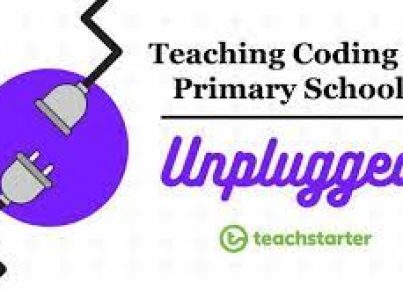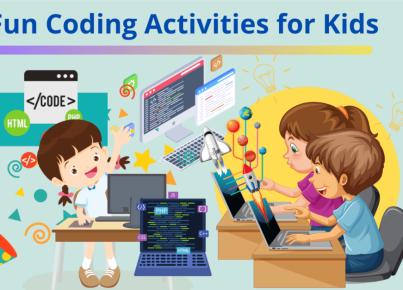In today’s rapidly evolving world, computer programming has become an essential skill. It is no longer limited to the realm of professional developers but has found its way into classrooms across the globe. Educators have realized the immense potential of incorporating coding into their curriculum, and you might be surprised to learn that getting started with classroom coding is much more manageable than you think.
Understanding the Value of Coding in Education
Coding isn’t just about writing lines of code; it’s a tool that enhances problem-solving, logical thinking, creativity, collaboration, and communication skills. Integrating coding into a curriculum prepares students for an ever-increasing technology-driven world and can spark interest in pursuing a career in computer science or related fields.
Easing Into The Coding World
The good news is that introducing coding into your classroom doesn’t require extensive knowledge in computer programming or massive budgets. There are numerous free or affordable resources available to help simplify your coding journey. Below are some steps you can take to get started:
1. Familiarize Yourself with Coding Concepts: Begin by learning basic programming languages such as Scratch or Python through online tutorials and courses. Many resources are available on YouTube, Codecademy, and Coursera.
2. Attend Workshops and Webinars: Make use of workshops, webinars, and professional development conferences focused on introducing coding for educators. These events provide valuable information and guidance on how to effectively incorporate coding into your lessons.
3. Begin with Simple Projects: Start by integrating simple coding projects into your existing curriculum that don’t require any additional hardware materials. You can incrementally increase the complexity of the projects as you gain more knowledge and experience.
4. Utilize Game-Based Teaching Platforms: Platforms like Minecraft: Education Edition or CodeCombat help students learn coding concepts while having fun through interactive gameplay.
5. Join Educator Communities: Connect with fellow educators who have experience in teaching coding. Share ideas, lesson plans, and get valuable advice on your coding journey.
6. Obtain Grants or Funding: Many organizations offer grants to help teachers implement computer science education in their classrooms. Apply for funding to get the necessary resources for implementing coding lessons.
7. Learn from Your Students: As you introduce coding into your classroom, you’ll inevitably encounter students who are well-versed in programming languages. Encourage them to share their knowledge with the rest of the class, allowing you to learn together.
Collaborative Efforts Unveil Endless Possibilities
Coding in the classroom is a collaborative effort between teachers, students, and administrations alike. Together, you’ll uncover exciting new possibilities for personal and professional growth while equipping students with essential life skills. Remember that getting started with classroom coding may be much easier than you think – all it takes is determination, a little research, and support from fellow educators to unlock the endless potential of learning through code.




